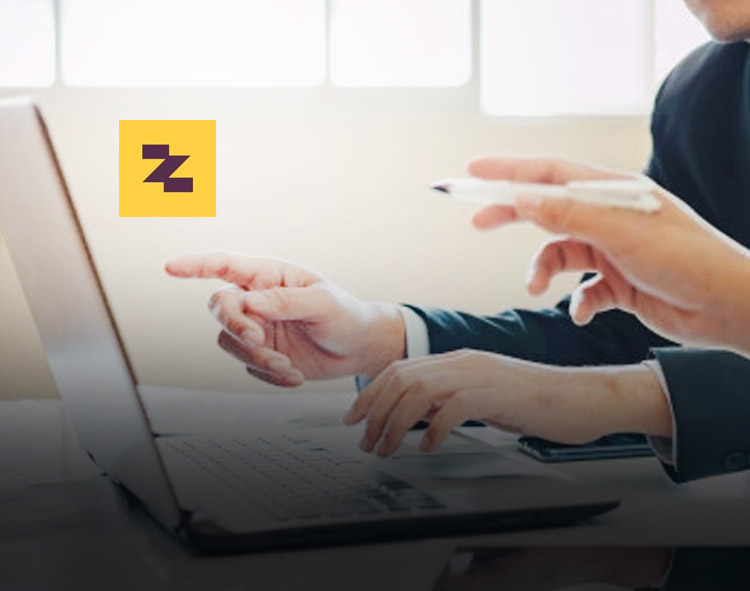Zwapgrid, a cloud service interconnecting the most highly demanded business support systems in finance, billing, e-commerce and payments.
Read More: Global Fintech Series Interview with Thomas (Tom) Aronica, Founder and CEO of Biller Genie
The service can be described as an ”Internet of Systems”, fortifying the integrity and internal communication of a company’s many applications.
– After a large number of pilots, we know that our solution drastically changes the degree to which a company can connect their internal systems, and simplify the commercial information exchange between customers, vendors and these systems. Everything is encrypted end-to-end with exceptional reliability. Since we are currently supporting many of the leading accounting firms and Software Companies of the nordic countries, it is clear that the issues of automation and security is top-of-mind at every company, says Leo Berghald, founder and CEO at Zwapgrid.
Many companies are currently using numerous business support systems to handle everything from invoicing to project orchestration and stock management. The common practice is to connect these systems through isolated integrations, often with poor quality. This in turn yields low reliability and weak security. Zwapgrid’s “Internet of Systems” collect the many applications within a complete solution, thereby simplifying and streamlining the flow of information between companies, banks and authorities. Already, the first banks are beginning to use this service.
”Internet of Things” commonly means that the technology existing within for instance a car or a temperature sensor, is connected to a network. By being so, these devices can send information over the Internet or programmatically react to a given event within another connected device.
Zwapgrid’s service would in a similar way be able to receive an invoice created in a company’s time reporting application and immediately relay this information to the finance application, creating a customer invoice. This invoice would then automatically be sent to the customer for digital signing, after which the payment is sent to the bank. Without human involvement at either the customer’s or the vendor’s end, every event is automatically posted in this optimized “Internet of Systems”.
Read More: Fidelity’s eMoney Advisor Rolls Out First Mobile App
